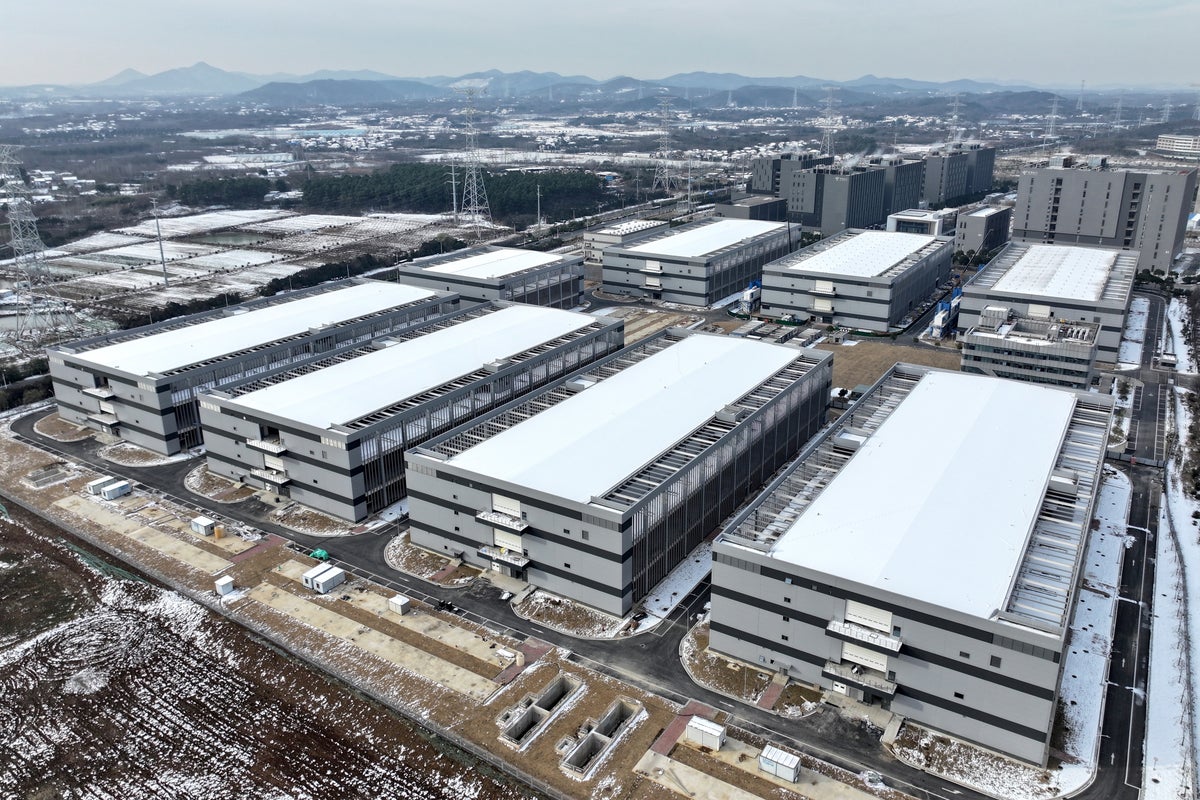Data Centers Will Use Twice as Much Energy by 2030—Driven by AI
Data centers accounted for about 1.5 percent of global electricity consumption in 2024, an amount expected to double by 2030 because of AI use
A photo taken on December 23, 2023, shows Tencent’s largest big data center and cloud computing base in East China, which is situated in the Jiangning Development Zone in Nanjing, Jiangsu Province, China.
Join Our Community of Science Lovers!
The electricity consumption of data centres is projected to more than double by 2030, according to a report from the International Energy Agency published today. The primary culprit? Artificial Intelligence (AI).
The report covers the current energy footprint for data centres and forecasts their future needs, which could help governments, companies, and local communities to plan infrastructure and AI deployment.
IEA’s models project that data centres will use 945 terawatt-hours (TWh) in 2030, roughly equivalent to the current annual electricity consumption of Japan. By comparison, data centres consumed 415 TWh in 2024, roughly 1.5% of the world’s total electricity consumption (see ‘Global electricity growth’).
If you’re enjoying this article, consider supporting our award-winning journalism by subscribing. By purchasing a subscription you are helping to ensure the future of impactful stories about the discoveries and ideas shaping our world today.
The projections largely focus on data centres, which also run computing tasks other than AI. Although the agency estimated the proportion of servers in data centres devoted to AI. They found that servers for AI accounted for 24% of server electricity demand and 15% of total data centre energy demand in 2024.
Alex de Vries, a researcher at VU Amsterdam and the founder of Digiconomist, who was not involved with the report, thinks this is an underestimate. The report “is a bit vague when it comes to AI specifically,” he says.
Even with these uncertainties, “we should be mindful about how much energy is ultimately being consumed by all these data centers,” says de Vries. “Regardless of the exact number, we’re talking several percentage of our global electricity consumption.”
The IEA report finds that the US, Europe, and China are collectively responsible for 85% of data centres’ current energy consumption. Of the predicted growth in consumption, developing economies will account for around 5% by 2030, while advanced economies will account for more than 20% (see ‘Data-centre energy growth’).
Countries are building power plants and upgrading electricity grids to meet the forecasted energy demand for data centres. But the IEA estimates that 20% of planned centres could face delays being connected to the grid.
The authors write that the projections come with uncertainty, partly because it is unclear to what extent people will use AI applications in the future. Data centres also collect and report their energy use in a limited way.
The uptick in data centre electricity use “could be a serious risk for our ability to achieve our climate goals,” says de Vries. Although two-thirds of planned electricity capacity is set to come from renewable sources, the IEA reports that new gas-fired plants in the US will drive an expansion in natural gas-fired capacity as well. “We’re going to increase our reliance, or at least extend, our reliance on fossil fuels,” adds de Vries.
Electricity consumption and its projected growth are not uniform globally. Companies tend to build data centres in concentrated clusters, the IEA report describes, which could strain local grid systems.
This article is reproduced with permission and was first published on April 10, 2025.
Sophia Chen is a freelance science writer based in Columbus, Ohio.
First published in 1869, Nature is the world’s leading multidisciplinary science journal. Nature publishes the finest peer-reviewed research that drives ground-breaking discovery, and is read by thought-leaders and decision-makers around the world.
Source: www.scientificamerican.com
